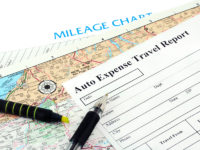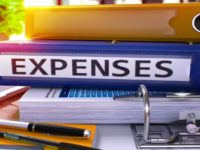For many businesses, the prospect of being audited can create unease as well as a significantly increased workload as the finance department scrambles to prepare the appropriate documents. Even businesses that comply with all accounting and auditing requirements can be overwhelmed by the work involved but it doesn’t have to be quite so difficult.
A tax audit doesn’t have to be complicated if the business has the right processes and procedures in place. It’s important to remember to keep accurate and comprehensive records across the entire business. One area that is often specifically targeted by auditors is travel and expenses, as this area can be ripe for errors and fraud.
We have identified six key areas that auditors will check regarding travel and expenses. An auditor will look to confirm that the business:
- has a clear and enforced expenses policy
- has set up the appropriate approval processes for expenses reimbursement
- regularly collects all the right documentation such as receipts and invoices
- has the appropriate checks and controls built into their processes
- is consistently compliant with tax legislation
- has a robust and secure payment process in place.
By putting an automated travel and expense management system in place, businesses can easily comply with all the above requirements. This also streamlines the process of providing documentation to the Australian Tax Office (ATO) in case of a tax audit.
When it comes to travel and expenses, businesses need a strong policy that includes details of what is and what is not reimbursable, business travel guidelines, mileage and fuel rates for reimbursement, and personal expenditure rules that cover circumstances and amounts as well as what is excluded. It is also vital that everyone in the team understands and respects the policy.
Businesses should also examine travel and expenses process from end-to-end to identify opportunities for improvement. One of the best ways to take control of the process is to eliminate spreadsheets and paper receipts and embrace automated expense management solutions, cloud-based technologies, and mobile apps. These solutions make it easy for employees to submit claims, managers to approve them, and finance teams to audit them, making the process faster and more transparent.
The important thing to remember about streamlining and automating expense processes is that it’s not just about satisfying the ATO, it’s also good for business. With the right systems in place, businesses can reduce administration time, increase productivity, and ensure all expenditure complies with business policies and ATO regulations.
Matt Goss, ANZ Managing Director, Concur















